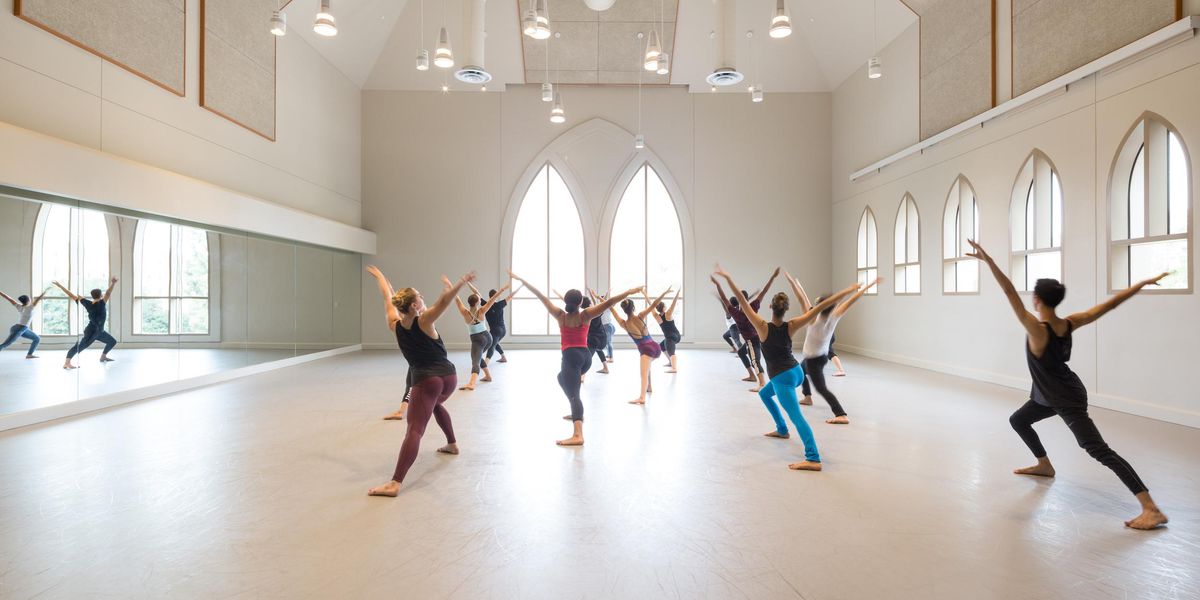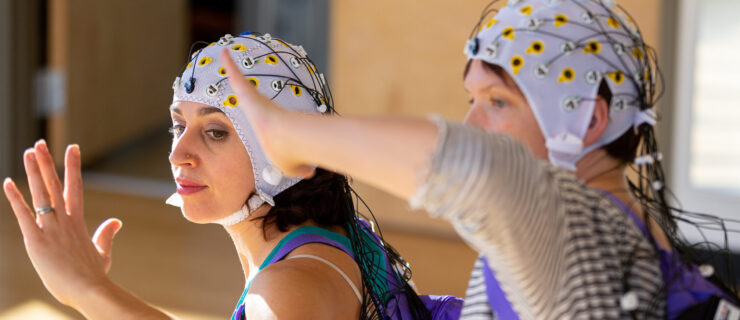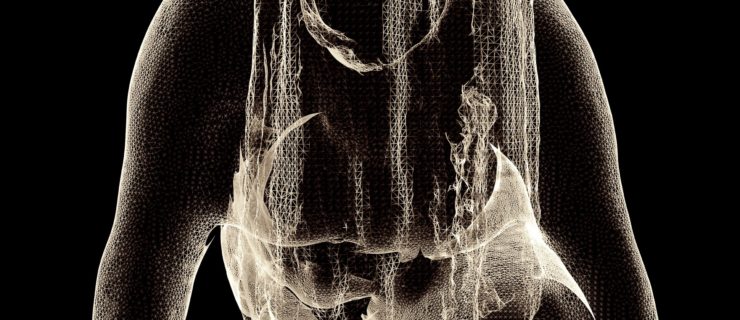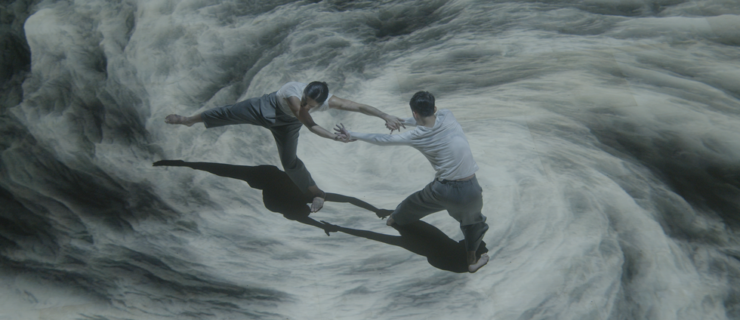Why Being a Choreographer Might Just Make You a Better Architect
We’ve been saying for years that dance training has benefits that reach far beyond preparation for a professional dance career: The discipline and attention to detail fostered in technique class, the critical thinking skills acquired in composition, and the awareness and rapid reaction times required for improvisation can all carry over into other fields.
But what if a choreographic tool kit could have a more direct application outside the studio? Say, to city planning?
An article on The Conversation posits that choreography could help architects and engineers working in urban design and city planning create more functional public spaces. The idea is that designing on digital programs puts architects at a distance from the spaces they imagine. While this has obvious advantages, it also means that they lose the lived, embodied experience of feeling what is needed in a space—meaning that some design ideas that work in theory ultimately fail in practice.
As John Bingham-Hall, a researcher in urban design and culture at University College London, writes, “In order to bring about fundamental changes to the ways we use our cities, engineering will need to develop a richer understanding of what motivates people to move in certain ways, and how it affects them.”
That’s where choreography comes in. Dancemakers are experts at moving bodies through space, at reacting to both qualitative and quantitative information to create a specific mood within given space and time constraints. Dance artists often do this by thinking through the body, opening pathways and possibilities that might not otherwise be accessible. And all of this is information that could come in handy not just when making a dance, but also when thinking about how people might move through a busy intersection.
The “Choreographing the City” project at UCL is currently exploring these possibilities with a series of workshops pairing choreographers with engineers and urban planners. Bingham-Hall, who is involved in the project, writes, “What if transport engineers were to improvise design solutions and get instant feedback about how they would work from their own embodied experience? What if they could model designs at full scale in the way choreographers experiment with groups of dancers? What if they designed for emotional as well as functional effects?”
We can’t wait to see what this kind of collaboration uncovers.




